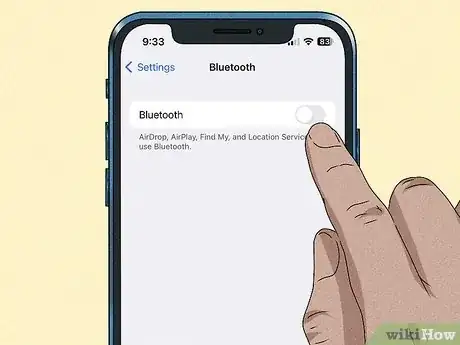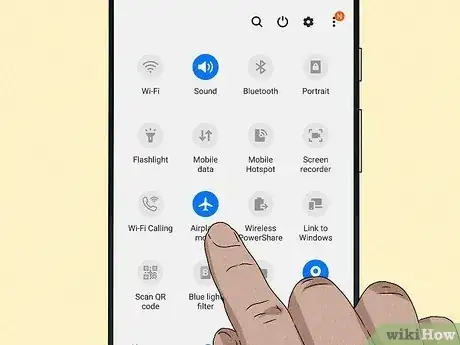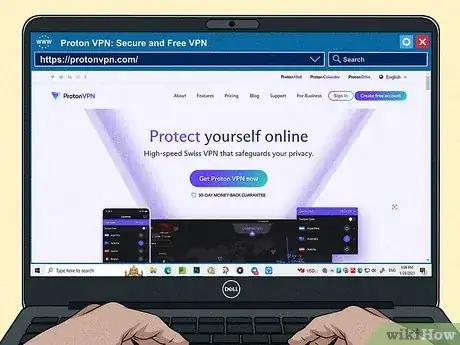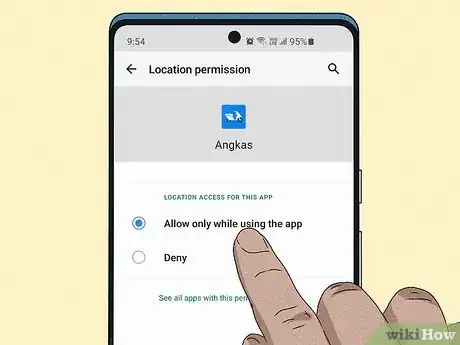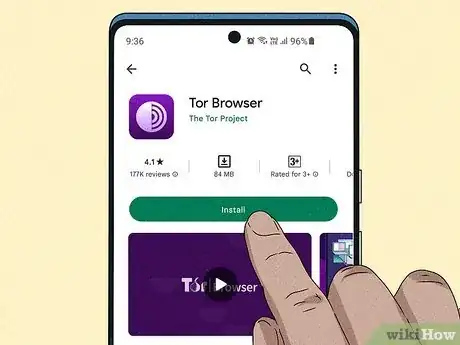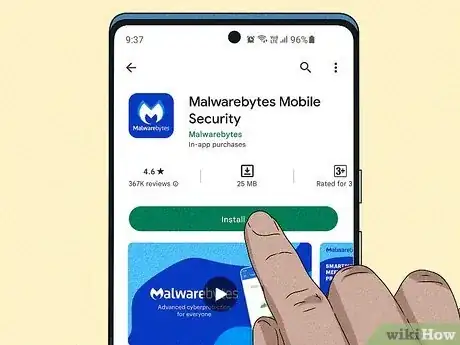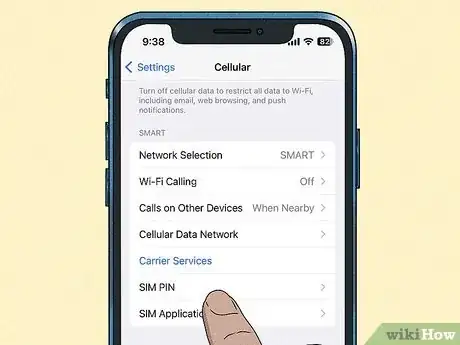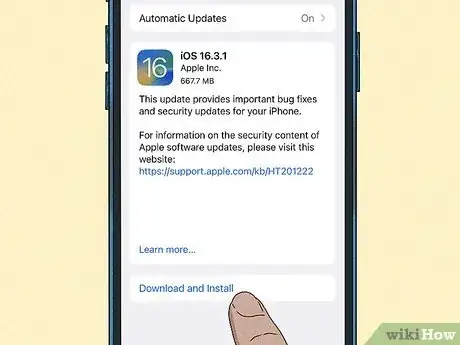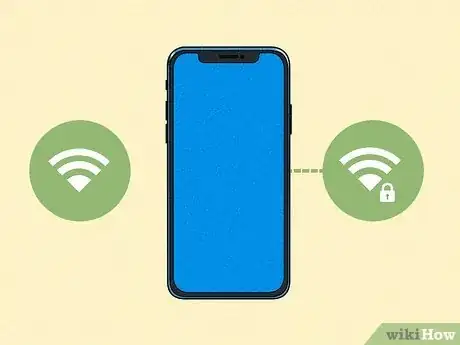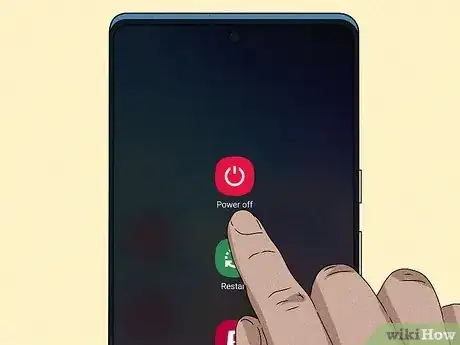- Disable GPS Tracking and Bluetooth |
- Use Airplane Mode |
- Use a VPN |
- Check and Disable App Permissions |
- Use a Private Web Browser and Search Engine |
- Scan and Remove Spyware |
- Lock Your SIM Card |
- Opt Out of Information Sharing with your Carrier |
- Install all the Latest Updates |
- Avoid Using Public Wi-Fi |
- Turn Your Phone Off |
- How to Tell If Your Phone is Being Tracked
This article was co-authored by wikiHow staff writer, Travis Boylls. Travis Boylls is a Technology Writer and Editor for wikiHow. Travis has experience writing technology-related articles, providing software customer service, and in graphic design. He specializes in Windows, macOS, Android, iOS, and Linux platforms. He studied graphic design at Pikes Peak Community College.
This article has been viewed 18,309 times.
Learn more...
Do you want to make it nearly impossible to track your phone? In today's society, most people are becoming increasingly reliant on their smartphones. Unfortunately, most modern smartphones have a number of ways of allowing other to track you and your information, from GPS tracking to cell tower connections, and apps and cookies that track your activities. There are a number of ways hackers, advertisers, apps and services, and government agencies can track your phone. While it may not be possible to make your phone 100% untraceable, there are a number of easy steps you can take to make it much much more difficult to track your phone. This wikiHow article teaches you how to make your phone almost impossible to track.
Things You Should Know
- Your phone can be tracked using GPS locations, cell signals, internet activity, apps and cookies, and other means.
- Making your phone untraceable is a multifaceted problem that requires many solutions.
- The most effective way to stop your phone from being tracked is to turn it off.
Steps
Disable GPS Tracking and Bluetooth
-
1Turn off location services. Location services are the GPS functionality that your smartphone uses to track your location. While this can be useful when using maps and navigating to a specific location, it also allows apps and services to track your exact location and store that information. Hackers and law enforcement can also use this information to track your location. You can easily prevent this by turning off location services on your phone. Use the following steps to do so:
-
iPhone:
- Open the Settings app.
- Scroll down and tap Privacy.
- Tap Location Services
- Tap the toggle switch across from "Location Services" at the top.
-
Android:
- Swipe down from the top of the screen.
- Tap the gear icon in the upper-right corner to open Settings.
- Scroll down and tap Location.
- Tap the toggle switch at the top to turn Location off.
-
iPhone:
-
2Disable Bluetooth. If you are not using Bluetooth, you may want to disable it. Not only will this make it harder to track your phone's Bluetooth radio signal, but it will also save a little bit of battery life. Use the following steps to disable Bluetooth:
-
iPhone:
- Open the Settings app.
- Tap Bluetooth
- Tap the toggle switch across from "Bluetooth."
-
Android: [1]
- Swipe down from the top of the screen.
- Tap the gear icon in the upper-right corner to open Settings (or tap the Bluetooth icon in the Quick Access menu).
- Tap Connections (Samsung Galaxy) or tap Connected Devices followed by Connection Preferences (stock Android).
- Tap Bluetooth
- Tap the toggle switch across from Bluetooth
-
iPhone:
Use a Private Web Browser and Search Engine
-
1Download and use the TOR browser. The TOR browser is a private web browser that masks your IP address by encrypting it and running it through a series of volunteer-run relays, which obscure the origin of where your IP address comes from. It also deletes your history and cookies when you are done using TOR. The TOR browser was originally developed by the US Naval Research Lab as a way to communicate with overseas assets online anonymously.[3] You can download the TOR browser for free from the App Store on iPhone, or from the Google Play Store on Android.
- If you've been using other web browsers, you may also want to delete your cookies and delete your browsing history.
-
2Use anonymous search engines. In addition to using the TOR browser, you will also want to use an anonymous search engine. Popular search engines like Google track your internet searches. To keep from being tracked, use anonymous search engines. These search engines claim they do not track or store any user data. There are a few you can choose from. These include; DuckDuckGo, StartPage, and Gigablast.
- If you have a Google account, you may want to delete your Google history.
References
- ↑ https://www.digitalcitizen.life/enable-disable-bluetooth-android/
- ↑ https://www.cnet.com/tech/services-and-software/why-you-should-be-skeptical-about-a-vpns-no-logs-claims/
- ↑ https://www.torproject.org/about/history/
- ↑ https://www.pandasecurity.com/en/mediacenter/mobile-security/how-to-make-phone-impossible-to-track/
- ↑ https://www.ipvanish.com/blog/make-your-phone-impossible-to-track/
- ↑ https://www.rd.com/article/how-to-make-your-phone-impossible-to-track/

